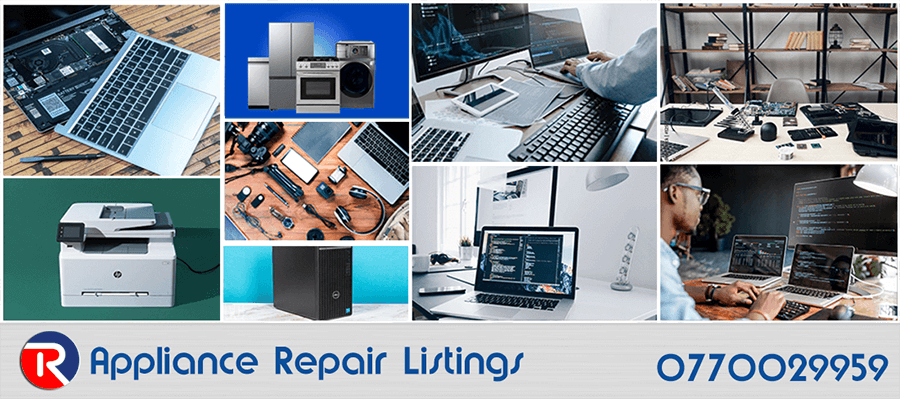
Fixing Laptop Speaker Distortion or Low Volume
By Repair.co.ke
Laptop speakers are essential for enjoying media, attending virtual meetings, or simply receiving audio alerts. However, issues like distorted sound or low volume can be frustrating, turning clear audio into a crackling mess or barely audible whispers. At Repair.co.ke, we’ve seen countless laptops with speaker problems, and most can be resolved with a few troubleshooting steps or minor repairs. This guide will walk you through diagnosing and fixing laptop speaker distortion or low volume, saving you time and potentially costly repairs.
Step 1: Check Software Settings
Before diving into hardware, ensure your laptop’s audio settings aren’t the culprit. Start by checking the volume mixer in your operating system. On Windows, right-click the speaker icon in the taskbar and select “Open Volume Mixer.” Ensure all sliders, including the application you’re using, are turned up. On macOS, go to “System Settings” > “Sound” and verify the output volume.
Next, inspect sound enhancements that might cause distortion. In Windows, navigate to “Control Panel” > “Sound,” select your speakers, and click “Properties.” Under the “Enhancements” tab, disable all options like “Loudness Equalization” or “Bass Boost.” These can overload your speakers, causing crackling. For macOS, third-party audio apps like equalizers might interfere, so disable them temporarily.
If the issue persists, update your audio drivers. On Windows, open “Device Manager,” expand “Sound, video, and game controllers,” right-click your audio device, and select “Update driver.” For macOS, ensure your system is up to date via “Software Update” in “System Settings.” Outdated drivers often cause audio glitches, and a quick update can resolve low volume or distortion.
Step 2: Test with External Audio
To isolate the issue, plug in headphones or connect external speakers via the 3.5mm jack or Bluetooth. If the external audio sounds clear, your laptop’s speakers or internal connections may be faulty. If the distortion or low volume persists, the problem likely lies in the audio driver, software, or sound card. This test helps determine whether the issue is hardware- or software-related.
Step 3: Inspect for Software Conflicts
Certain applications, like video conferencing tools or media players, can override audio settings, leading to distortion. Close all unnecessary programs and test the audio using a simple source, like a system sound or a YouTube video. If the issue resolves, a specific app may be misconfigured. Reinstall or update the problematic software to fix potential conflicts.
Malware can also affect audio performance. Run a full system scan using a trusted antivirus program to rule out malicious software tampering with your sound settings. At Repair.co.ke, we’ve encountered cases where malware caused unexpected audio issues, so don’t skip this step.
Step 4: Examine Physical Speaker Condition
If software checks don’t resolve the issue, inspect the laptop’s speakers. Dust, debris, or physical damage can muffle sound or cause distortion. Use a soft brush or compressed air to gently clean the speaker grilles, avoiding excessive force that could damage delicate components. If your laptop has been dropped or exposed to liquid, the speakers may be damaged, requiring replacement.
To test for hardware damage, play audio at various volume levels. If distortion worsens at higher volumes, the speakers may be blown or their diaphragms damaged. Low volume across all settings could indicate loose internal connections or a failing speaker.
Step 5: Hardware Repairs
If cleaning doesn’t help, consider internal inspection, but proceed with caution. Power off and unplug your laptop, then remove the back panel (consult your laptop’s manual or online guides for specific instructions). Check the speaker connections to the motherboard for loose or disconnected wires. Secure any loose connections, but avoid tampering with other components unless you’re experienced.
If the speakers are damaged, replacement is often straightforward. Purchase compatible speakers for your laptop model and follow a disassembly guide. At Repair.co.ke, we recommend professional assistance for this step if you’re unsure, as improper handling can damage other components.
Step 6: When to Seek Professional Help
If the above steps don’t resolve the issue, the problem may involve the sound card or motherboard, which requires advanced diagnostics. At Repair.co.ke, our technicians use specialized tools to test and repair audio circuits, ensuring your laptop’s sound is restored without unnecessary replacements. Persistent distortion or low volume after troubleshooting often points to deeper hardware issues best handled by experts.
Fixing laptop speaker distortion or low volume often starts with simple software tweaks but may require hardware inspection. By systematically checking settings, drivers, and physical components, you can resolve most issues at home. For complex repairs, trust professionals like Repair.co.ke to restore your laptop’s audio to crystal-clear quality. Keep your speakers clean and avoid maxing out volume for prolonged periods to prevent future problems. With these steps, you’ll enjoy uninterrupted sound for work and entertainment.